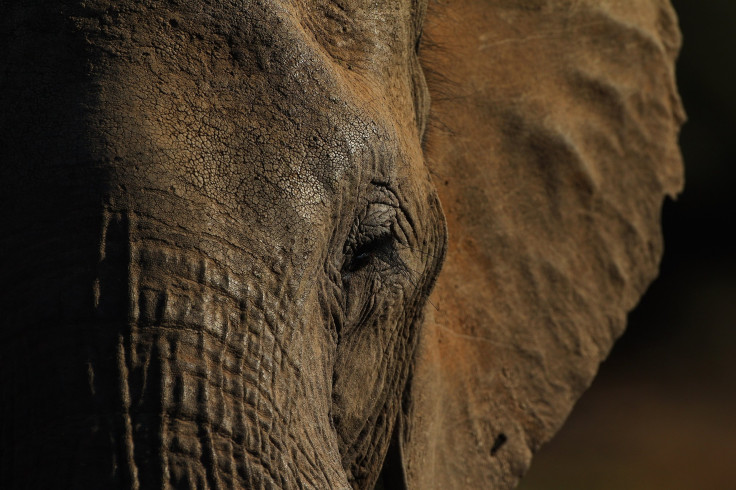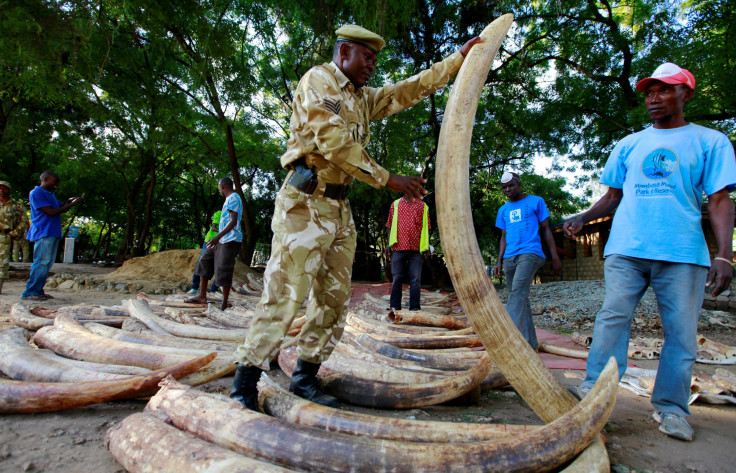World Elephant Day: Facts About Ivory And Tusks

The World Elephant Day was first celebrated Aug. 12, 2012, to “help conserve and protect elephants from the numerous threats they face,” as per the official website. Since then, the day is commemorated annually to increase conservation efforts.
Zoos and wildlife organizations across the world celebrate the day on Aug. 12 to create awareness about the urgent plight of Asian and African elephants.
Though the largest mammal on Earth is loved and adored by many individuals and cultures across the world, the fact is unless urgent action is taken, the species might very well be on its way to extinction.
Elephants, found mostly in the jungles of Africa and southeast Asia, are threatened in various ways, with the main two threats being loss of habitat and poaching.
The animals are mainly poached for ivory, that is, their tusks. An elephants tusk is its pride. It gives the animal a majestic look. The ivory from elephants is used to make jewelry, religious ornaments and items for decorative purposes. Ivory’s carving quality and limited supply makes it a rare luxury good.
Here are some facts about ivory and tusks that you probably didn’t know.
The longest and heaviest ever recorded tusk was 138 inches long and weighed 314 pounds.
Tusks are multipurpose in nature. Elephants use it to defend themselves from threats. Tusks also aid elephants in eating, apart from digging, making their way through forests, foraging and stripping barks.
About one third of an elephant's tusk is embedded in its head. The hidden part, made of tissues, blood vessels and nerves, is known as pulp. The part that protrudes out is called the ivory.
Throughout history, humans have used ivory to make tools, ornaments, needles, piano keys and many more things. When it was legal to possess, people considered items made from ivory a status symbol.
In the black market, ivory tusks are sold at a rate that starts at $1,500. Even though the sale of ivory has been banned in many countries, elephants are still hunted down and killed for it.

Elephants usually live up to 70 years of age. They live in herds and communicate through touch, sight, smell and sound, and are highly intelligent and compassionate beings.
Estimates said there were about five million elephants in Africa a century ago.
At present, the count stands at less than a million. According to reports, poachers kill at least 55 elephants a day in Africa for their tusks.
Over 201,288 elephants were poached since 2012, reports said. Experts predicted elephants could disappear from many places in Africa in the coming decades unless poaching can be effectively addressed.
A variety of options were available for people who want to help elephants survive such as volunteering for one of the countless organizations that fight for the animal’s rights. They can set up petitions, organize marches and lobby politicians for addressing the issue. People can also donate to causes that aim to save elephants.
© Copyright IBTimes 2025. All rights reserved.





















